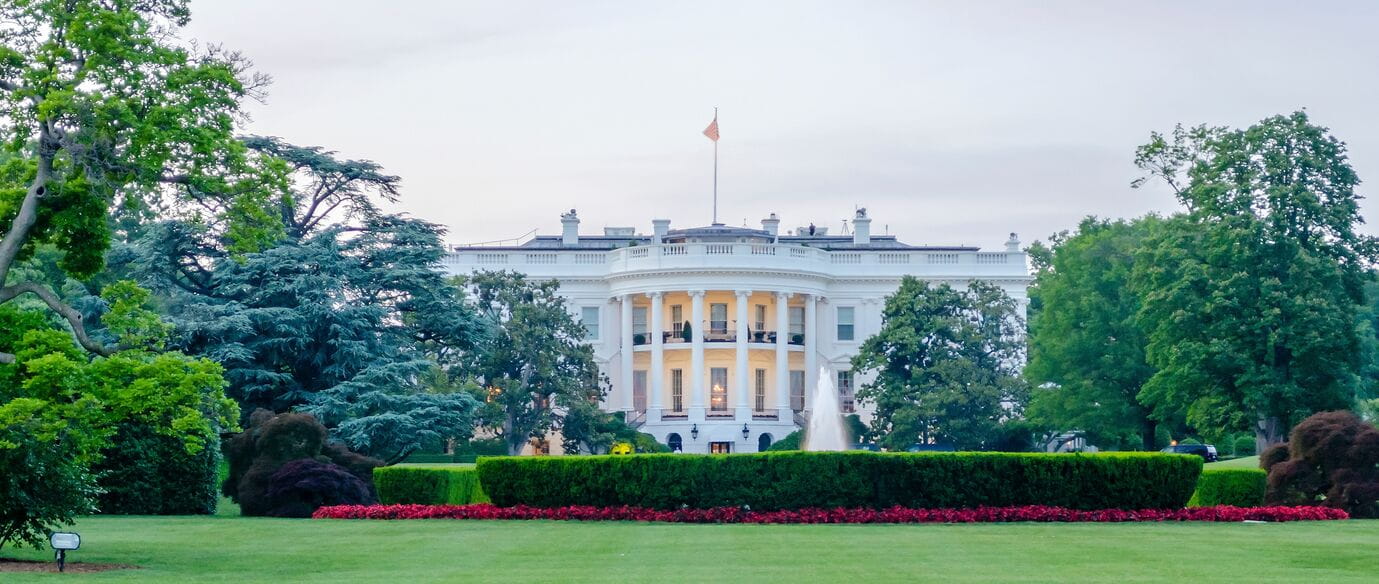
Reflecting on President Trump’s first 100 days in office
 Search
Search


 Search
Search

Yesterday, the Senate confirmed Robert F. Kennedy, Jr. as the Secretary of the Department of Health and Human Services (HHS). Shortly after his confirmation, President Trump issued an Executive Order establishing the Make America Healthy Again Commission (MAHA Commission).1 The MAHA Commission is chaired by the HHS Secretary and includes representatives from several federal agencies including the Secretary of Agriculture, the Commissioner of Food and Drugs, the Director of the Office of Management and Budget, and the Director of the National Institutes of Health. The Executive Order establishing the MAHA Commission states that its initial mission is to advise and assist the President on how best to exercise his authority to address the childhood chronic disease crisis. To that end, the MAHA Commission is tasked with studying potential contributing causes to the childhood chronic disease crisis, including “the American diet, absorption of toxic material, medical treatments, lifestyle, environmental factors, Government policies, food production techniques, electromagnetic radiation, and corporate influence or cronyism.” Within 100 days (by May 24, 2025) the MAHA Commission must submit to the President a “Make Our Children Healthy Again Assessment,” as explained in more detail below. Within 180 days (by August 12, 2025), the Commission must submit to the President a “Make Our Children Healthy Again Strategy” to address “appropriately restructuring the Federal Government’s response to the childhood chronic disease crisis.” More details follow.
Structure and Mission for the MAHA Commission
Structure
The Executive Order establishes Secretary Kennedy, in his role as HHS Secretary, as the MAHA Commission’s chair, with Vince Haley, in his role as the Assistant to the President for Domestic Policy serving as the Executive Director. Other members of the Commission must include the following officials, or their designees:
While the MAHA Commission does not include interested parties such as industry stakeholders or academics in its membership, the Executive Order provides that Secretary Kennedy may hold “public hearings, meetings, roundtables, and similar events … [to] receive expert input from leaders in public health and Government accountability.”
Mission
As mentioned above, the initial mission of the MAHA Commission is “to advise and assist the President on how best to exercise his authority to address the childhood chronic disease crisis.” The Commission is directed to:
Requirements for the Make Our Children Healthy Again Assessment
Within 100 days of the Executive Order (by May 24, 2025), the MAHA Commission must submit a “Make Our Children Healthy Again Assessment” to the President. Among other things, the assessment is required to:
Issuance of the Make Our Children Healthy Again Strategy
After submitting the Assessment, and within 180 days of the Executive Order (by August 12, 2025), the MAHA Commission must then submit a “Make Our Children Healthy Again Strategy” based on the findings from the Assessment. The Strategy must address restructuring the federal government’s response to the childhood chronic disease crisis, “including by ending Federal practices that exacerbate the health crisis or unsuccessfully attempt to address it, and by adding powerful new solutions that will end childhood chronic disease.” Thereafter, the MAHA Commission Chair and Executive Director must recommend updates to the President on the Commission’s mission, including desired reports. However, “the Commission shall not reconvene, following submission of the Strategy, until an updated mission is submitted to the President through the Executive Director.”
Next Steps
The establishment of the MAHA Commission is a significant first step for the Trump Administration, through Secretary Kennedy, to effect transformational changes that could significantly impact the food regulatory environment. Given the short timeline for the Commission’s work, interested stakeholders should quickly evaluate how they can ensure the MAHA Commission has access to the best available science, data, and information to inform its recommendations. Stakeholders also should stay abreast of the MAHA Commission’s efforts and consider participating in any public engagement opportunities. We will continue to closely monitor and keep you updated on similar new developments that impact the food industry.